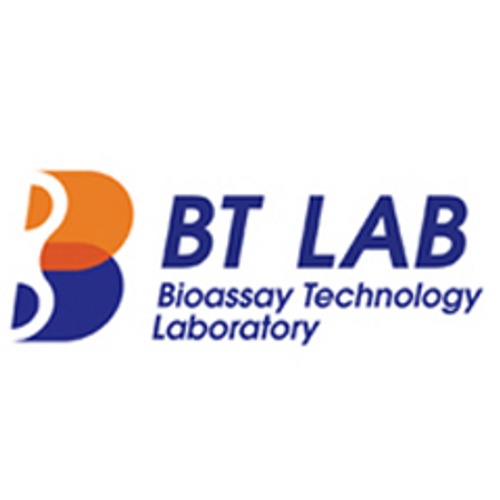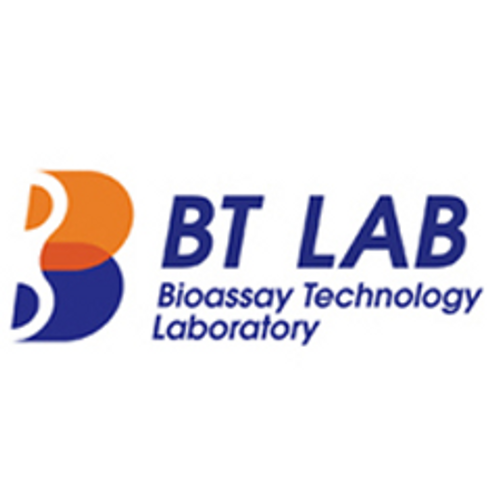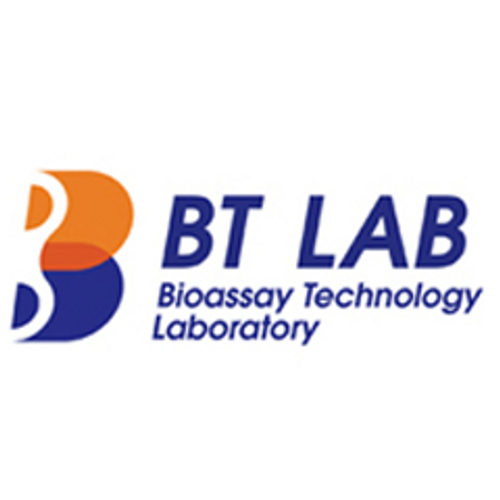Product Description
Rat Interleukin 8 (IL-8) ELISA Kit | AE62856RA | Abebio
Species Reactivity: Rat (Rattus norvegicus)
Abbreviation: IL8
Alternative Name: CXCL8; GCP-1; GCP1; LECT; LUCT; LYNAP; MDNCF; MONAP; NAF; NAP-1; NAP1; T cell chemotactic factor|beta-thromboglobulin-like protein|chemokine (C-X-C motif) ligand 8|emoctakin|granulocyte chemotactic
Application: ELISA
Range: 15.6-1000 pg/mL
Sensitivity: 8.6 pg/mL
Intra-Assay: ≤4.7%
Inter-Assay: ≤6.8%
Recovery: 0, 95
Sample Type: Serum, Plasma, Other biological fluids
Detection Method: Sandwich
Analysis Method : Quantitive
Test Principale: This assay employs a two-site sandwich ELISA to quantitate IL8 in samples. An antibody specific for IL8 has been pre-coated onto a microplate. Standards and samples are pipetted into the wells and anyIL8 present is bound by the immobilized antibody. After removing any unbound substances, a biotin-conjugated antibody specific for IL8 is added to the wells. After washing, Streptavidin conjugated Horseradish Peroxidase (HRP) is added to the wells. Following a wash to remove any unbound avidin-enzyme reagent, a substrate solution is added to the wells and color develops in proportion to the amount of IL8 bound in the initial step. The color development is stopped and the intensity of the color is measured.
Product Overview: Interleukin 8 (IL-8), a member of the neutrophil-specific CXC subfamily of chemokines, is a potent neutrophil chemotactic and activating factor. It is a primary inflammatory cytokine produced by many cells in response to proinflammatory stimuli such as IL-1, TNF, LPS and viruses. Its function is, in part, to attract neutrophils to the site of inflammation and to activate them. The IL-8 cDNA sequence predicts a protein of 99 amino acids. Removal of a 22-residue signal peptide generates a mature protein of 77 amino acids (~ 8 kDa) . Further proteolysis of the N-terminal end leads to a variant form with 72 amino acids; full activation of IL-8 may require cleavage to the 72 amino acid form. IL-8 can form non-covalent dimers in solution, especially at high concentrations, but dimerization is not necessary for biological activity.
Stability: The stability of ELISA kit is determined by the loss rate of activity. The loss rate of this kit is less than 5% within the expiration date under appropriate storage condition. The loss rate was determined by accelerated thermal degradation test. Keep the kit at 37°C for 4 and 7 days, and compare O.D.values of the kit kept at 37°C with that of at recommended temperature. (referring from China Biological Products Standard, which was calculated by the Arrhenius equation. For ELISA kit, 4 days storage at 37°C can be considered as 6 months at 2 - 8°C, which means 7 days at 37°C equaling 12 months at 2 - 8°C) .
 Euro
Euro
 USD
USD
 British Pound
British Pound
 NULL
NULL












